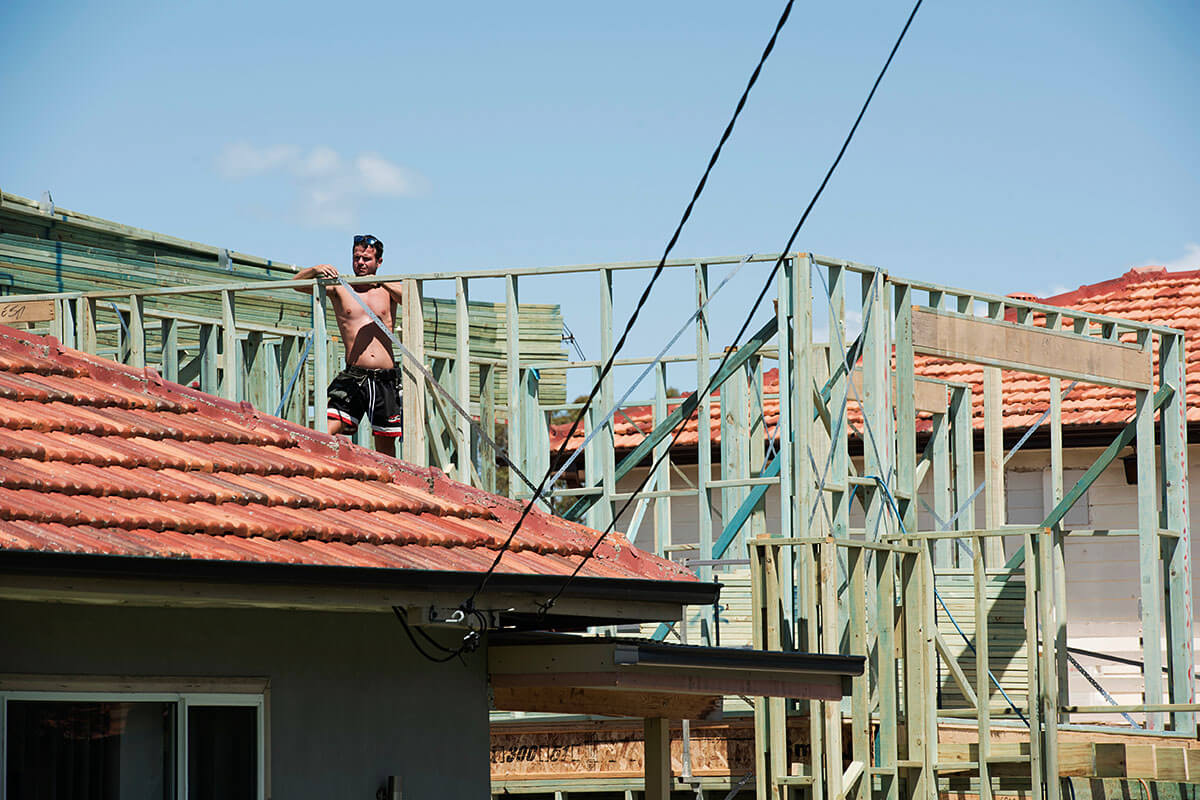We’ve put together some general advice about dealing with your home and property after a natural disaster.
Returning to your property
Your health is important, so when you’re returning to your property after a natural disaster, consider the following to stay safe:
- Don’t enter your property until you have been told it is safe to do so by emergency services, utilities companies or your local council.
- Watch for electrical hazards, such as live powerlines that are down or solar panels that remain active.
- Avoid entering buildings or walking over structures that might be unstable.
- Be aware that sewerage and septic systems may be disrupted and cause health risks.
- Be aware that hazardous materials may be hidden under rubble.
- Don’t bury building rubble as it may contain hazardous materials.
- Waste caused by a natural disaster needs to go to lawful disposal facilities to protect soil, water and human health.
- Avoid exposure to asbestos dust or fibres.
- Use a licensed professional to clean up and remove asbestos waste.
Repairing your home
You don’t always need council approval to make non-structural property repairs. Here are examples of work that doesn’t need approval. They don’t apply if your property is a heritage item or in a heritage conservation area.
You can undertake minor internal building alterations to replace or renovate a:
- doorway, wall, ceiling or floor lining
- deteriorated frame, including for stairs and stairwells
- bathroom or kitchen
- built-in fixture such as a vanity, cupboard or wardrobe
- existing sanitary fixture, such as a grease trap
- shelving or racking that is not higher than 2.7 metres
- workstation or counter.
You can undertake the following minor external non-structural building alterations:
- Painting, plastering, cement rendering, cladding, attaching fittings or decorative work.
- Replacing an external window, glazed area or door (other than on bushfire-prone land).
- Repair or replace a non-structural wall or roof cladding.
- Install a security screen or grill on a door, security door or window.
- Repair or replace a balustrade.
- Restump or repair structural foundations without increasing the height of the structure.
For more information on exempt development, email [email protected]
For a full list of minor building alterations that don’t need approval and the relevant provisions, see exempt development.
Rebuilding your home
Is approval required?
Yes, approval is required for all fully constructed dwellings (with an occupation certificate) that need rebuilding.
You may also need other approvals such as local government approvals for plumbing work. Before you start work, contact your local council to find out what approvals you need.
Destroyed or damaged homes that were built without planning approval
In certain areas, some homes were originally built without planning approval.
If your home is one of these, you need to ask your council what approvals you need before you rebuild.
We do not have a compliance role in relation to these homes. We won’t take action against people who built a home without planning approval that was recently destroyed or damaged by a natural disaster.
Fee waiver
Fees related to BASIX Certificates and the Planning Reform Fund will be waived for all development applications related to homes damaged or destroyed in the 2018 Tathra bushfire or the 2019–20 bushfire season.
If this applies to you, phone 1300 054 464 to arrange a free BASIX Certificate.
Understanding your risk
Recent natural disasters in NSW were unprecedented and caused widespread damage.
If your home was lost or damaged in fires or floods, it does not mean your property is at high risk from future events.
Knowing your risk is important as it will help you understand the approval pathway you need to follow. You will also learn whether you need to take extra steps to reduce future risks.
You can learn about your property’s bushfire risk by:
- speaking to an officer of the NSW Rural Fire Service on 1300 679 737 and reading the organisation’s frequently asked questions
- following the NSW RFS single dwelling application kit, a step-by-step guide that will help you identify your property’s bushfire risk
- contacting your local council to discuss bushfire safety or building in a bushfire-prone area
- finding an accredited bushfire consultant on the Fire Protection Association Australia website who can prepare a Bushfire Attack Level report for you has resources related to engaging an accredited bushfire consultant to prepare a Bushfire Attack Level report
- reading the Planning for Bushfire Protection guidelines and requirements for development in bushfire-prone areas in NSW. All new developments on bushfire-prone land must comply with these requirements, which aim to protect human life and minimise the threat and effects of bushfire.
You can learn more about the flood risk for your property by:
- viewing the flood hazard layers through the NSW Planning Portal spatial viewer
- reviewing the guidelines for considering flooding in land use planning to your council's approach
- visiting your council’s website to review flood studies carried out in your area.
